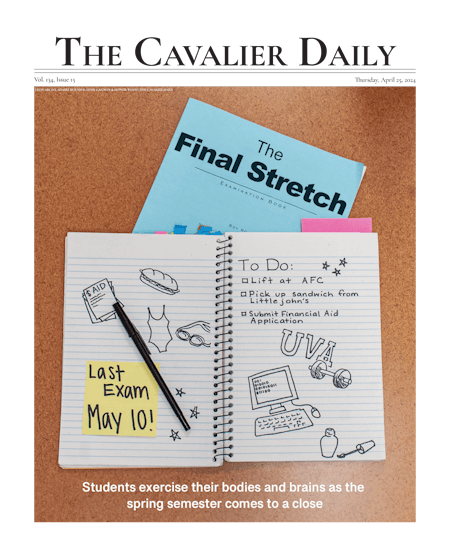For decades, countless literary works and popular films such as “Back to the Future” and “Star Wars” have fantasized about the feasibility of the flying car. Although significant focus has been placed on the advent of self-driving cars — along with their associated risks and benefits — the development of flying cars is not one to be ignored, with companies such as Uber and Kitty Hawk announcing their intention to develop and test the first iterations of flying cars as early as 2020. While it is fascinating to see another sci-fi fantasy become reality, the practical applications of such technology leave much to be desired.
At first glance, the benefits of such technology are appealing — flying cars would be unaffected by traffic accidents as well as highway maintenance and repair. Such vehicles could ignore disasters such as the recent I-85 Bridge collapse in Atlanta. The interstate, which normally carries 250,000 vehicles a day, is estimated to take months to rebuild. Furthermore, its collapse has caused economic damage to local businesses, with WSB-TV reporting that many businesses are “trying to figure out how to operate under a new normal caused by the Interstate 85 fire and bridge collapse.” In theory, flying cars could bypass such accidents, reducing the amount of time, energy and fuel spent on the road.
However, the risks of utilizing flying cars significantly outweigh such benefits. In 2015, the Insurance Institute for Highway Policy reported there were “32,166 fatal motor crashes in the United States in 2015 in which 35,092 deaths occurred.” Flying cars would only increase the chance of accidents, as drivers would have to pay attention to elevation and additional outside factors, such as birds and drones. The Federal Aviation Administration has marked inattention as the main factor behind midair collisions, stating that “a daydreaming pilot staring out into space sees no approaching traffic and is probably the number one candidate for an in-flight collision.” Furthermore, the National Highway Traffic Safety Administration has noted that “drivers engaging in visually and/or manually complex tasks have a three-times higher near-crash/crash risk than drivers who are attentive.” Given that inattention is one of the main factors behind traffic accidents, there is no reason to believe that civilians would pay any more attention while driving in the air compared to driving on the ground.
Cities which adopt such technology would likely see a negligible impact on traffic congestion. As noted by the BBC, cities cover just “3 percent of the planet’s land surface, but are already home to more than half of its people.” The Brookings Institute has noted that peak-hour traffic congestion “in almost all large and growing metropolitan regions around the world is here to stay. In fact, it is almost certain to get worse.” As the world population continues to coalesce into cities, the demand for transportation in such locations will understandably skyrocket. Flying cars would ameliorate some of those traffic concerns, though only up to a certain point (as air space, while large, is limited). Large-scale implementation of flying cars would be a logistical nightmare. The New York Times has noted: “For these personal air vehicles to become a reality in the United States, the country would need a new air traffic control system.” The rising need for additional transportation — combined with the sheer logistical overhaul necessary for wide usage of flying cars — makes flying cars impractical at best for solving traffic congestion.
Flying cars are still in the early stages of research and development, and there is little doubt progress will be made in safety and usability. However, expecting them to be a silver bullet to the ever-worsening problem of traffic congestion is wishful thinking at best. In solving the issues with traffic congestion, investment in public transportation has provided significant benefits — Hong Kong’s internationally-acclaimed Mass Transit Railway, which receives $645 million each year for maintenance, upgrades and renewals, boasts a 99.9 percent punctuality rate and has recorded profits of $1.7 billion. Promoting the use of public transportation, rather than relying on technological advancements, has and will continue to be an effective remedy to traffic congestion.
William Wong is an Opinion columnist for the Cavalier Daily. He may be reached at opinion@cavalierdaily.com.




